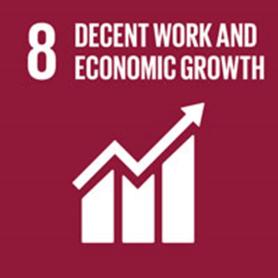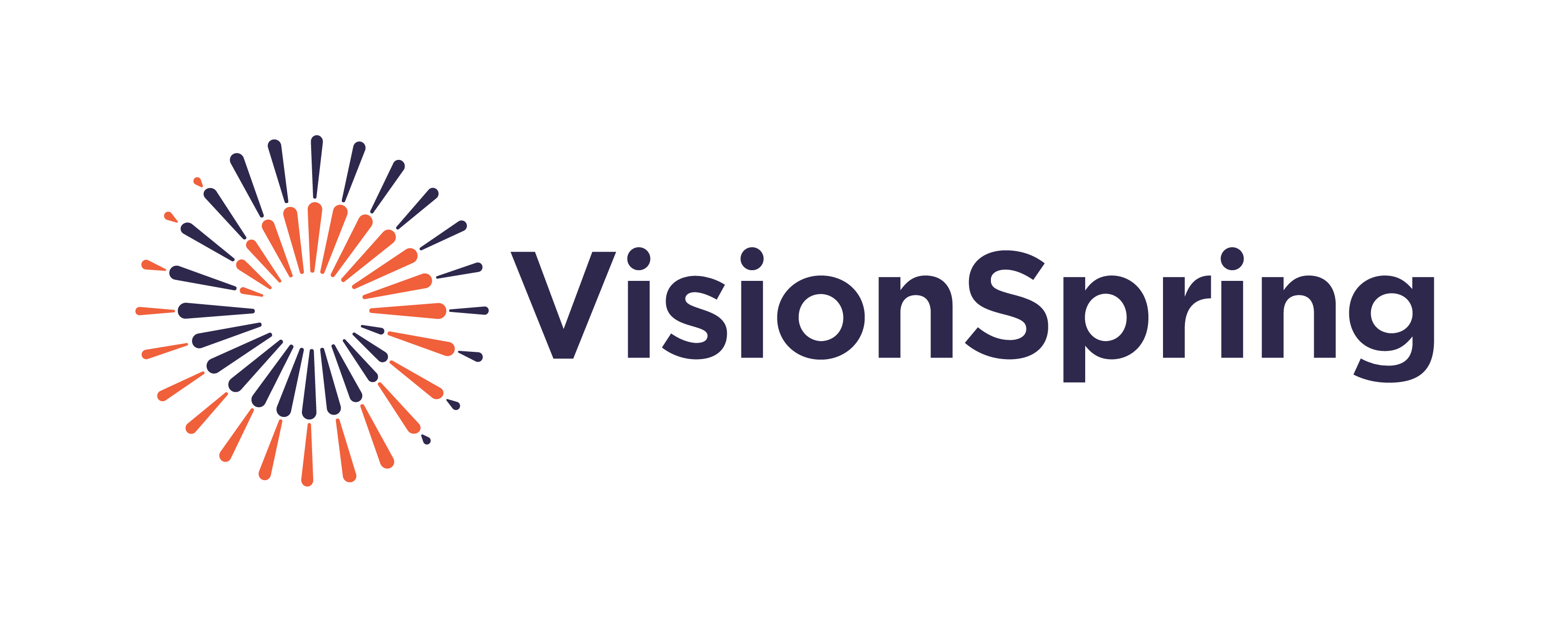
VisionSpring Is Making the Wonder of Clear Vision Possible for Everyone
We awaken a world of earning, learning and beauty through eyeglasses
Why Eyeglasses?
Eyeglasses are a powerful tool for social and economic development and personal well-being. And yet, 1 billion people need and do not have this 700-year-old technology.
This is a problem with a solution hiding in plain sight.
Studies confirm what we instinctively know to be true. Eyeglasses increase productivity, sustain income earning potential, enhance learning, and make people safer on the roads and in their homes.
With eyeglasses, people can see well and do well.
Eyeglasses
Eyeglasses accelerate achievement of the Sustainable Development Goals.
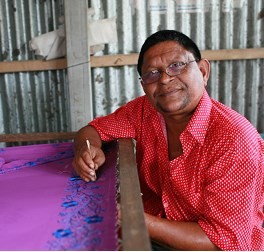
Transform
Transform the ability of working age adults to maintain their productivity and earn an income, improving productivity up to 32%; and increase monthly income by 18-20%.
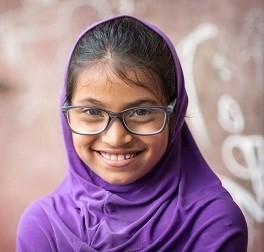
Change
Change the trajectory of a child’s life, dramatically increasing a student’s ability to succeed in school — boost learning outcomes equivalent to an additional one-third and up to a full year of schooling.

Reduce
Eyeglasses make roads safer, as 60% of traffic accidents can be attributed to impaired vision. Reduce deadly traffic accidents, making it possible for drivers to see clearly and avoid hazards.
Imagine..
..if you struggled to see your work, the blackboard, your phone, hazards on the road, a ballot, even the faces of your loved ones. Maybe you are reading this with glasses right now (…or contacts, or Lasik correction). What would your life be like without them? If you don’t wear glasses, just imagine your company or community if 80% of people who need glasses didn’t have them. Now imagine whole industries, states and nations this way.
This is the experience of billions of people, the majority of whom live on less than $4 a day. They are charting a path out of poverty, caring for families, and driving their local and national economies encumbered by uncorrected blurry vision.
The cost of is not just born by individuals.

Uncorrected refractive error is
costing the global economy an estimated $272 billion a year,
with low-income and low-middle income countries disproportionately affected.
Despite the opportunity to unleash incredible social and economic gains,
the optical market and health systems have failed to meet low-income consumers’ need for vision correction.
Here’s the Good News
Eyeglasses are the single largest solution for avoidable blindness globally.
They can correct 49% of the global burden of visual impairment. (The rest stems from a mix of cataract, neglected tropical diseases, and other blinding conditions.) And, the largest part of the problem, requires the simplest, cheapest solution.
For a majority of adults, normal aging makes it difficult to focus on near objects starting around age 35 to 40. This ubiquitous condition, called presbyopia, can be corrected with a pair of simple reading glasses. These are the kind of magnifying glasses available in any pharmacy or book shop in the US or Europe, but they are not available in most low-income settings.
And, because they do not require a prescription, we can train health workers, workplace staff and other lay-people to accurately dispense readers where optometrists are not present. One day, consumers will be ready to self-diagnose, but today 826 million people are vision impaired because they do not have basic ready-made readers. We are fixing that.
Blurry distance vision is a different and growing problem, but it is also surmountable.
If current trends continue, by 2050, half of the world’s population (nearly 5 billion people) will be short-sighted (or myopic), and myopia will become the leading cause of permanent blindness worldwide. Myopia usually begins in childhood; the causes are both genetic and environmental.
Working with partners, VisionSpring brings vision correction to schools and catches people with previously undiagnosed myopia through outreach in communities, workplaces and transit hubs.
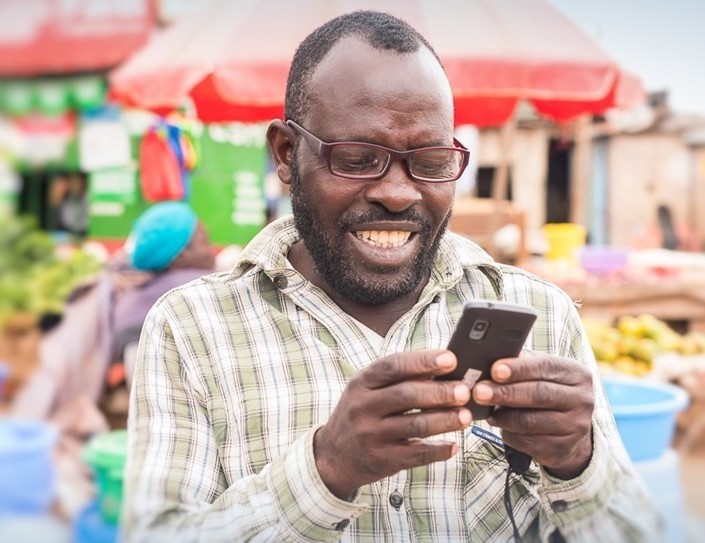
Few Interventions Yield Such a High Return
Every $1 contributed to VisionSpring, unlocks $43 in income earning potential at the household level.
How? Drawing on non-profit and business practices, VisionSpring is a social enterprise that operates on a blend of revenue earned and philanthropic revenue. We are scaling our impact through high-volume, low-margin sales and service delivery models. Philanthropic capital makes up the difference between what our customers and mission-oriented clients can pay and what it costs us to get people into, what is often their first, pair of glasses.
VisionSpring uses $4-5 in philanthropic funds to get a customer into eyeglasses. With clear vision, customers experience an increase in income averaging 20%. For someone earning $2 per day, that amounts to $216 in incremental income over the two-year lifespan of a pair of glasses, minus the cost of glasses.
You can think of VisionSpring as having an impact value multiple of 43.
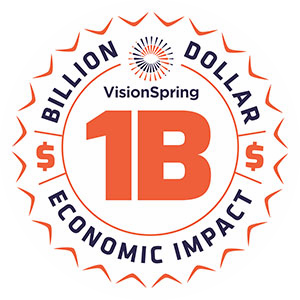
VisionSpring Is an Impact Unicorn
You’ve heard of start-up unicorns – how about an impact unicorn? In 2018, VisionSpring crossed the milestone of generating $1 billion in economic impact.That’s the power of clear vision created by 5 million pairs of glasses worn by adults and children in 43 countries.
Our Mission: Access to Affordable Eyewear, Everywhere.
VisionSpring is a pioneering, global social enterprise accelerating the uptake of eyeglasses in emerging and frontier markets. We expand the optical market, using innovative distribution and service strategies to sell radically affordable, durable, attractive eyeglasses for consumers living on less than $4 per day. With partnerships in over 43 countries, we are making the wonder of clear vision possible for everybody.
Who We Serve
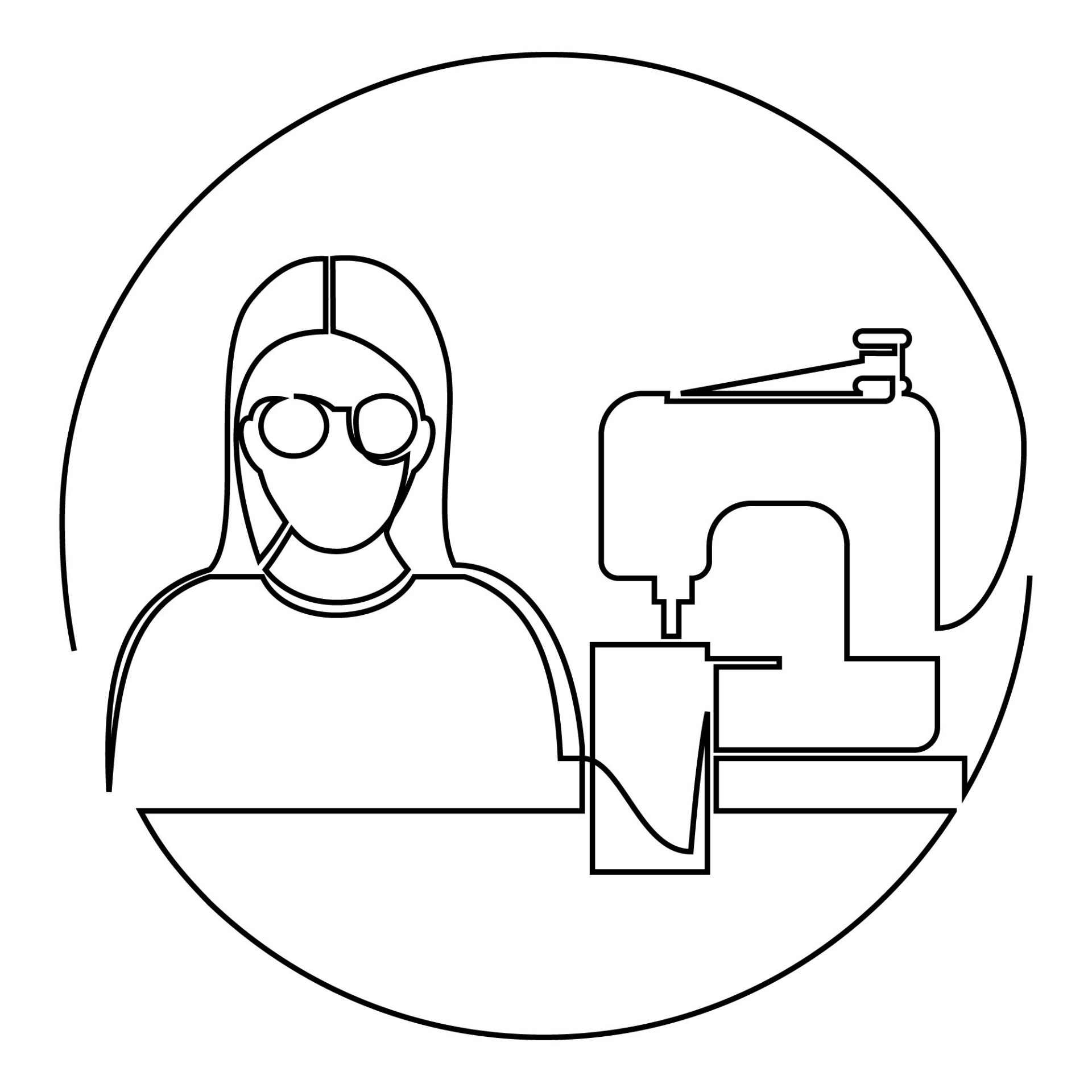
Low Income
80%
live on less than $4 per day
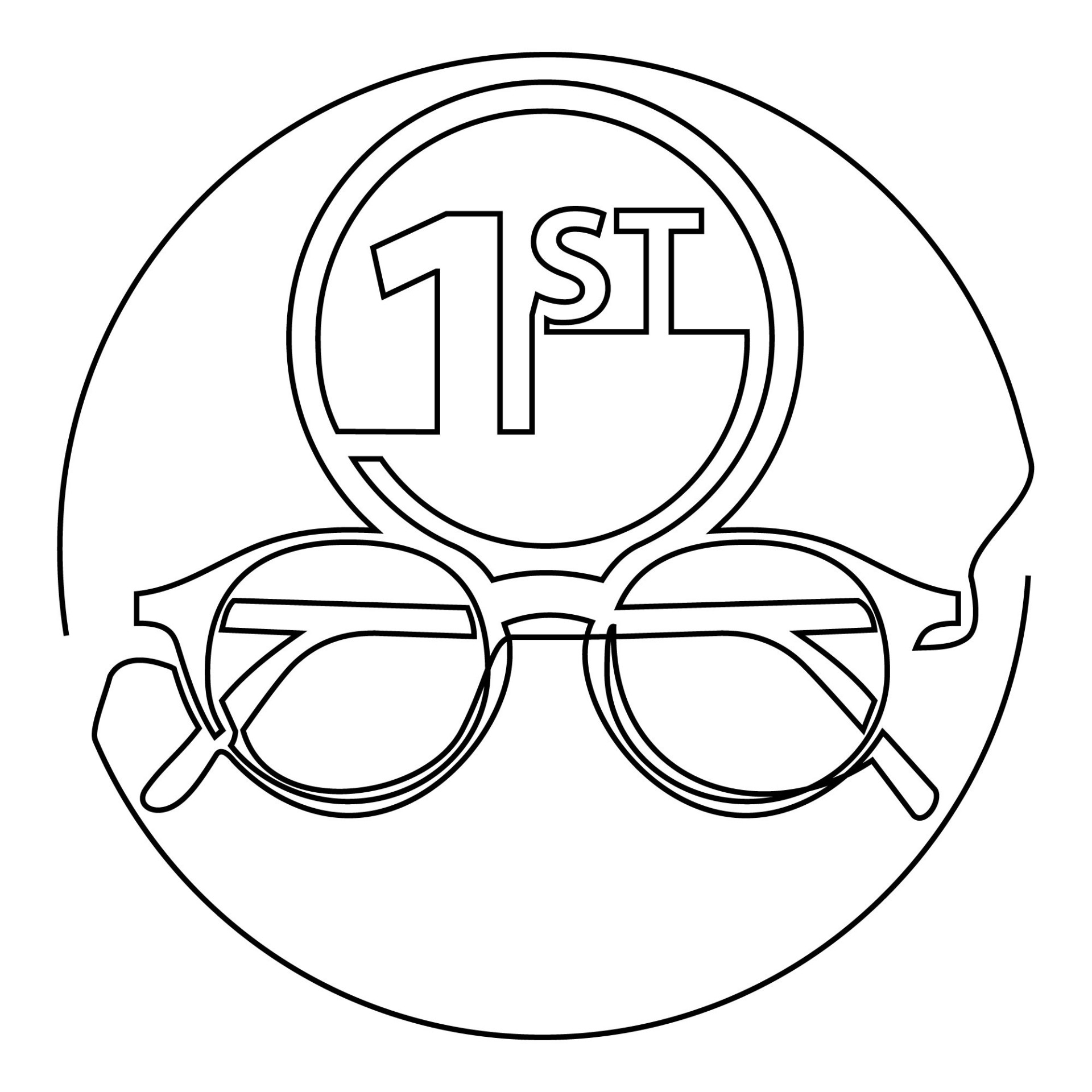
First-time Wearers
53%
or more are getting their very first pair of glasses
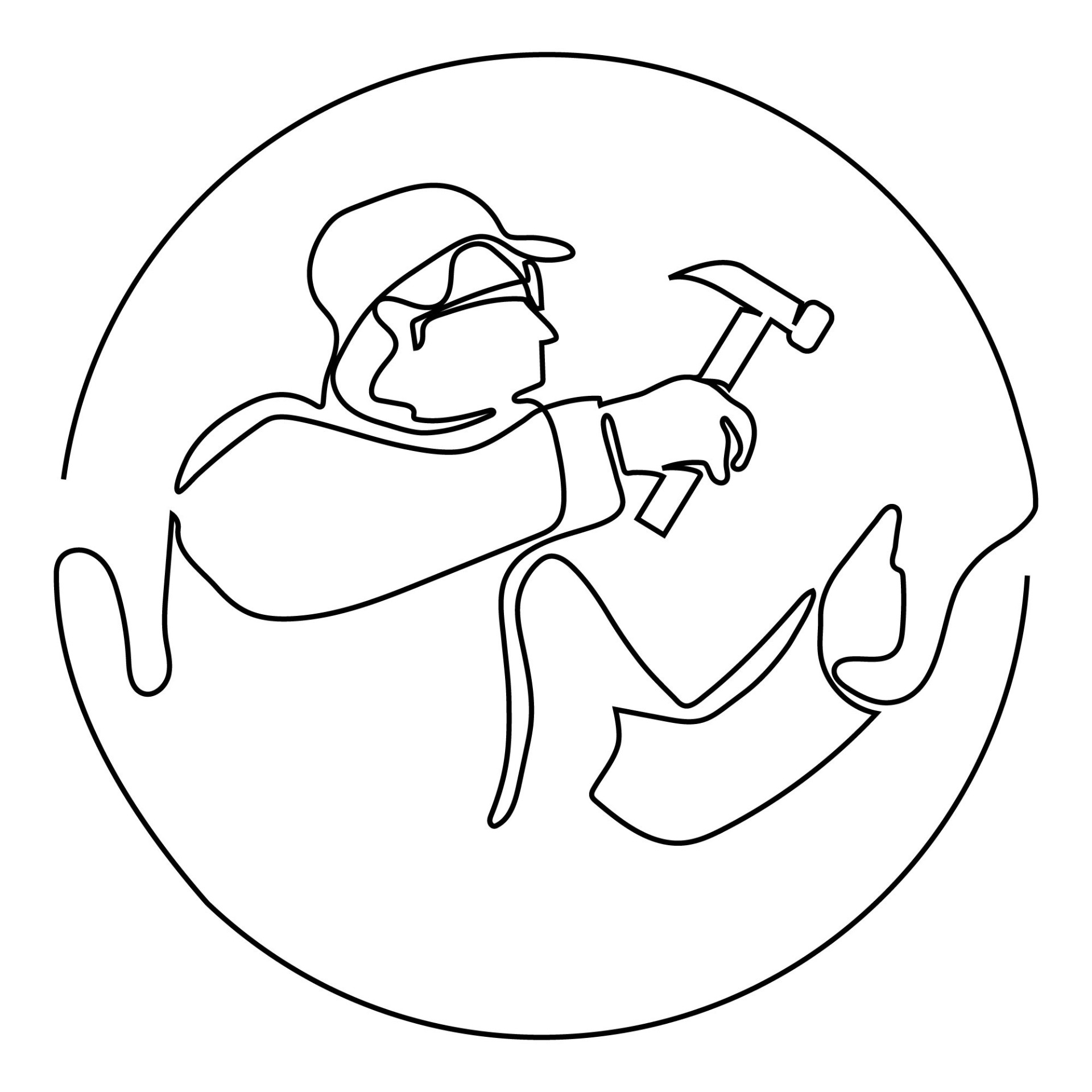
Working Age Adults
87%
adults, most in their prime working years, age 35-65.
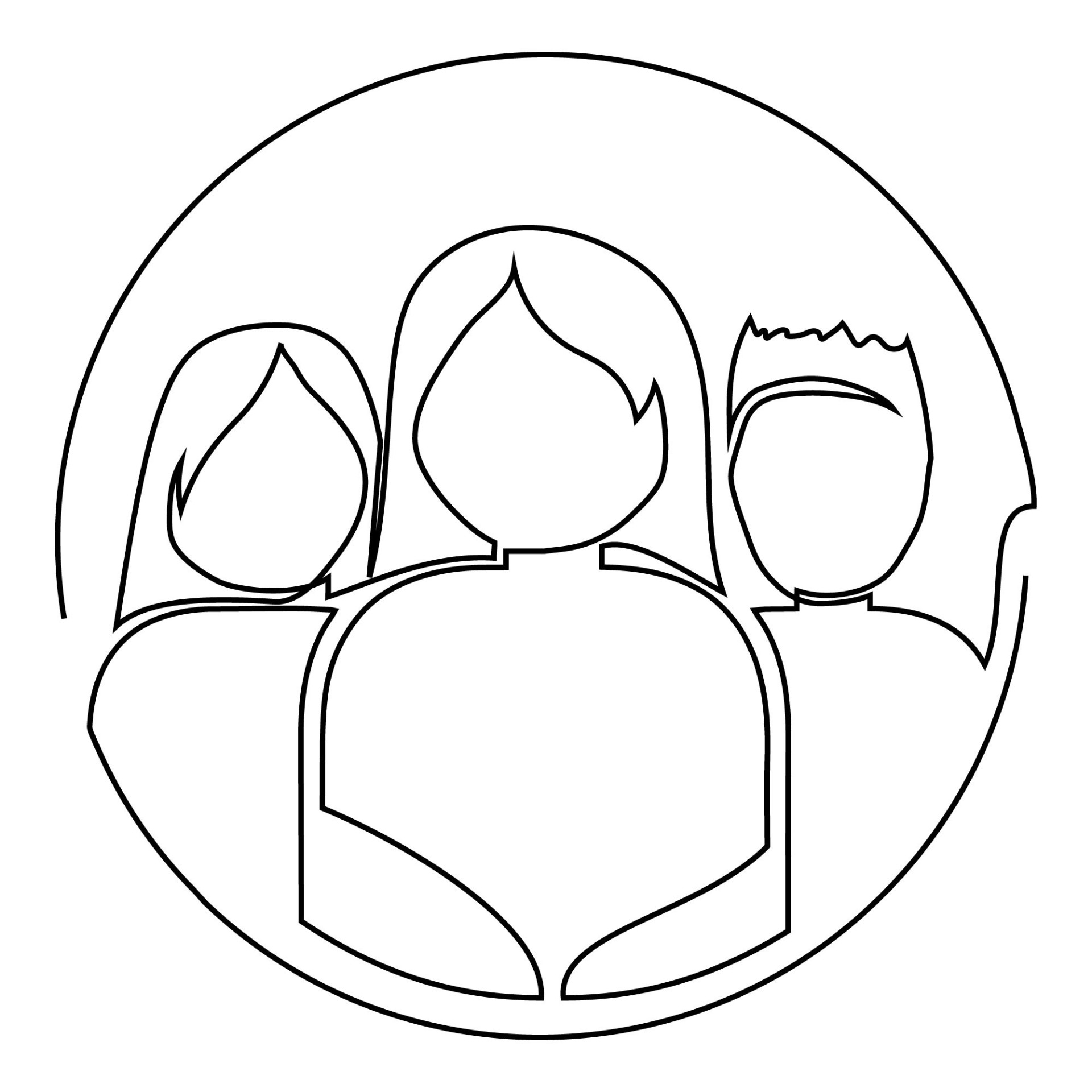
Women and Girls
50%
or more of our customers are female
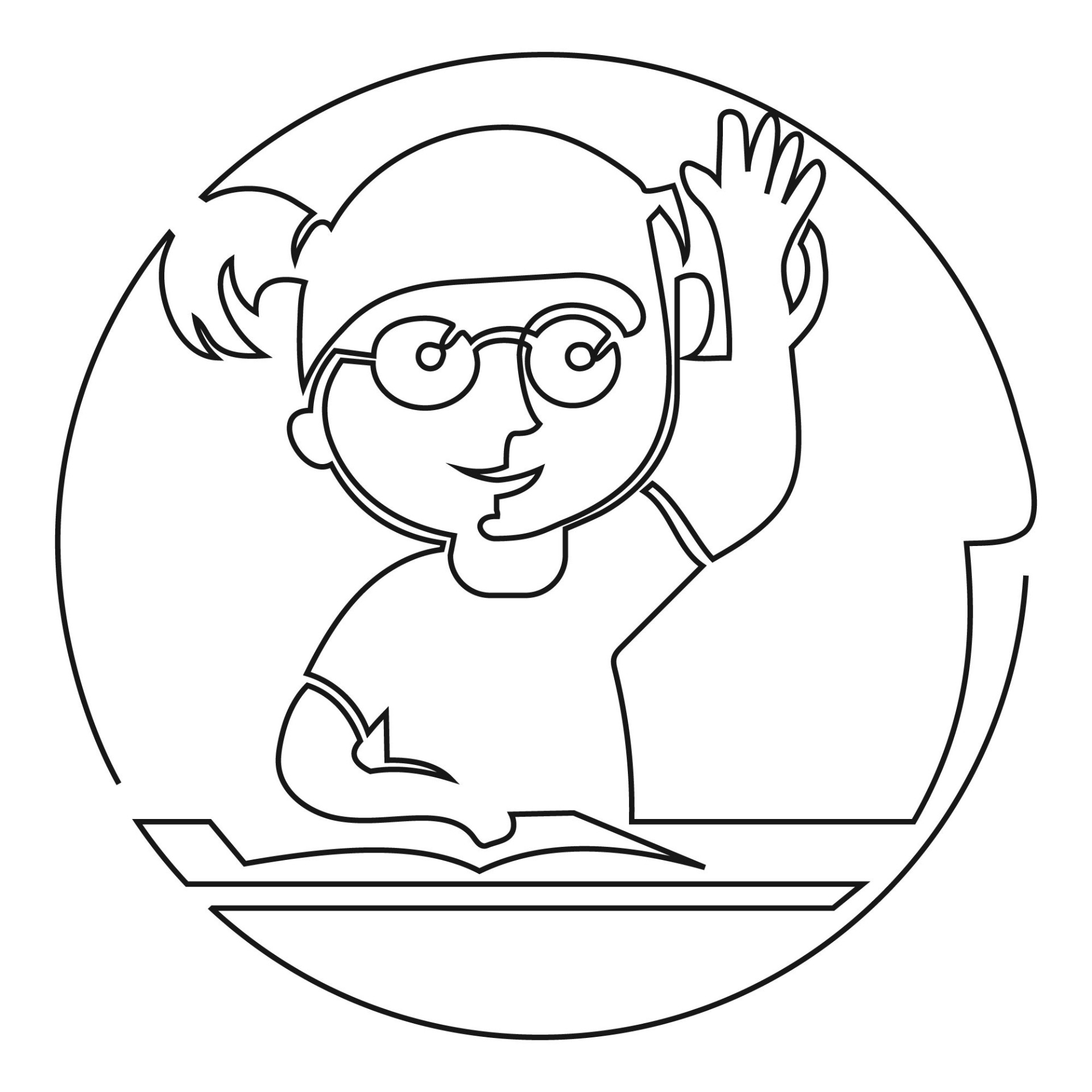
Students
13%
children who cannot see the blackboard
We Deploy Market-based Solutions
A problem of this magnitude is too large to solve with charity alone. We believe market-based and government-back solutions are the only way to sustain long-term, large scale access to vision correction.
VisionSpring deploys innovative high-volume low-margin business models, coupled with philanthropic investments to deliver high-quality, radically affordable and attractive eyeglasses to low-income communities.
We reach our customers using business-to-business (B2B) and business-to-consumer (B2C) approaches, and advance social impact along three themes: See to Earn, See to Learn, and See to be Safe.
See to Earn
We boost livelihoods through two initiatives that enhance earning potential for workers, micro-entrepreneurs, artisans and farmers.
Clear Vision Workplaces
Collaborating with employers, worker collectives, and government agencies, we create Clear Vision Workplaces. These include large scale screenings and glasses dispensing in factories, agricultural estates, and outreach into the informal sector to serve self-employed people and other working age adults.
Reading Glasses for Improved Livelihoods
Partnering with NGOs and government agencies, we train community health workers and others to diagnose vision error, sell reading glasses and refer for higher level eye care. This entrepreneurial approach improves the livelihoods of customers getting glasses, as well as the (mostly) women who earn a commission for their sales.
Our other models
See to Learn
CSR clients, NGOs, Departments of Health and Education, partner with us to correct refractive error among students (and their teachers!), enabling children with vision impairments to fully participate and succeed in school.
See to Be Safe
We create access to affordable vision services in transit hubs for allied transportation workers, and so truckers, bus and taxi drivers can maintain their driver’s license and see the road clearly.
Wholesale Partnerships
Hospitals, vision centers, NGOs and government agencies serving low-income communities source their affordable, durable, attractive eyeglasses from VisionSpring. We offer training and marketing support to assist partners with sell-through and community outreach.
Eyeglasses Accelerate Achievement of the Sustainable Development Goals.
No Poverty
By contributing to income earning and extending individual productivity by many years, eyeglasses advance the achievement of SDG 1.2: to reduce by half the proportion of men, women and children of all ages living in poverty.
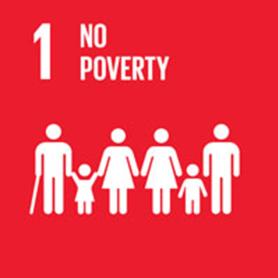
Good Health and Well Being
Through its Reading Glasses for Improved Livelihoods and other primary care focused initiatives, VisionSpring supports the development of financially compensated community health workers and para-professionals. They extend basic eye care into under-served communities thereby supporting the achievement of universal health coverage (SDG 3.8) and targets to train and retain the health workforce in developing countries (SDG 3.C). Further, correcting the vision of drivers reduces the number of deaths and injuries from road traffic accidents (SDG 3.6) .
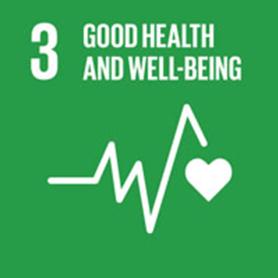
Quality Education
Eyeglasses boost education outcomes, including math and reading scores, for children, most often with myopia. And, success in school makes dropping out less likely. Eyeglasses contribute to SDG 4.1 by helping students to complete their primary and secondary education and achieve proficiency levels in math and reading. And, they eliminate disparities in education and ensure equal access for students with the most common disability, vision impairment (SDG 4.5).
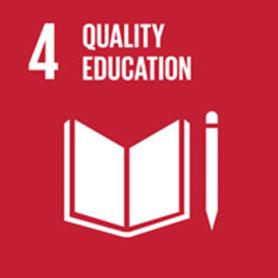
Gender Equality
Women and girls disproportionately experience myopia. Eyeglasses advance the achievement of SDG 5, as they are an economic resource (5.A), remove a barrier to opportunity and the use of information and communications technology (5.B), and enhance social and economic decision making.
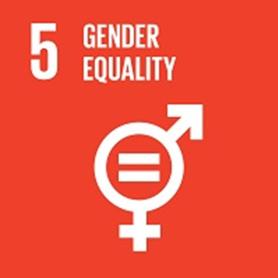
Decent Work and Economic Growth
Eyeglasses support the achievement of higher levels of economic productivity (8.2) and are documented as generating the largest increase in productivity due to a health intervention ever recorded in a trial study, per our research in The Lancet.
Eyeglasses help maintain continued employment, protect against occupational injuries (8.8), and facilitate financial inclusion by enabling people to read their mobile phone and engage in mobile banking (8.10).
